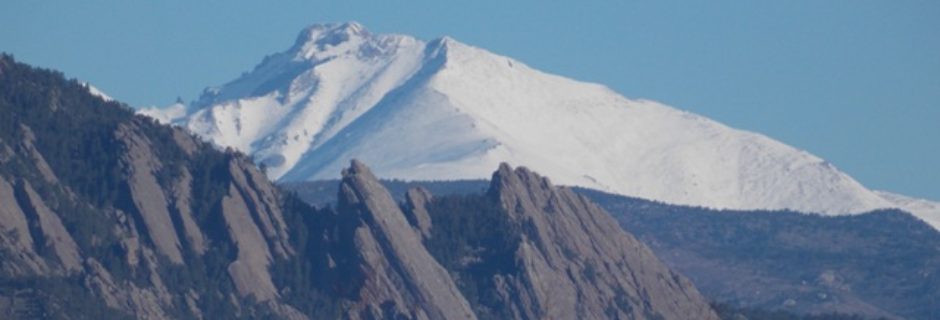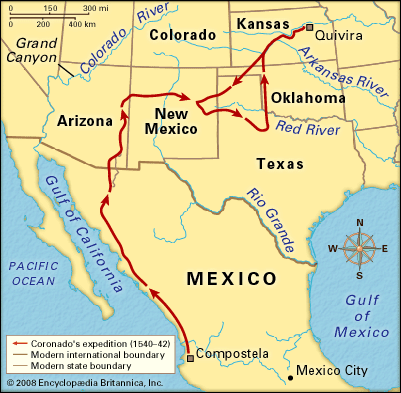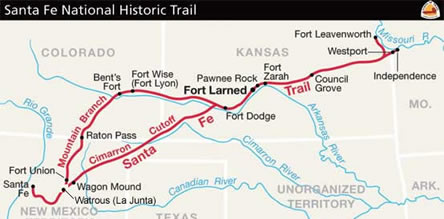In 1541, Francisco Vasquez de Coronado left Tiguex Pueblo and traveled across the Texas and Oklahoma panhandles into Kansas with the hope of finding riches. Instead he entered a land so vast it both intimidated and repelled him. The immense region appeared a swallowing deprivation and long-term occupancy incomprehensible. This opinion was reinforced during an incident while visiting the second Querecho village.
Read Article as PDF: Volume 12 – Lost on the Great Plains
Coronado’s soldiers went out buffalo hunting and one of the soldiers strayed from his companions. His companions assumed he had found another route to return to camp, but the soldier never appeared. “When he found himself alone, like a bark without a rudder, he must have started to run, and the further he traveled the farther he went astray. Seeing what had happened, the soldiers lighted some bundles of dry grass so that he might see them. Others rode out on horseback blowing trumpets. But the poor fellow was never seen again.” His was the first story of being lost in the great plains, but it wouldn’t be the last.
More than 300 years later, after the U.S. 1st Cavalry Regiment engaged the Cheyenne and horse soldiers at Solomon’s Fork, one of the soldiers, Private Garber, became lost near the upper reaches of Saw Log Creek. He was lost on August 7, 1857, fully equipped with horse, saddle, carbine, revolver, and sabre. Seven days later, he was found by the eastbound mail coach from Santa Fe, with only his hat, shirt, drawers, and shoes.
The midsummer heat and vast open plains had caused Private Garber to go “loco.” “The men on the coach spotted him running about aimlessly several miles west of the road, and they drove over to find out what kind of creature he was. When they got close they found he was catching grasshoppers, which were in great numbers, and stuffing them into his mouth and eating them voraciously. He paid little attention to them as they drew near, continuing to catch and eat the hoppers. The men put him in the coach and took him to Allison and Booth’s ranch at Walnut Creek. After a few days of good food he recovered, and following the arrival of the infantry and cavalry sick, he went to camp with them. When his own outfit, B Company, returned on September 2, he rejoined it and prepared for the march to Utah.”
Gold seekers began pouring over the plains, most following either the well-traversed northern route along the Platte or the southern route along the Arkansas Rivers, but a few set out along the little-known central trail. This more direct trail “started in Leavenworth, Topeka, and Lawrence and ascended first the Kansas River and then either the Republican or Smoky Hills. In the last stages travelers were to cross a region of roughly 1000 square miles in far western Kansas and eastern Colorado.”
One party that attempted this route consisted of Daniel Blue and his two brothers, Alexander and Charles. Three weeks on the trail, their packhorse ran away with most of their provisions and soon the brother’s condition was desperate. They resorted to cannibalism and only Daniel Blue survived the journey to tell their gruesome tale.
- The Contested Plains: Indians, Goldseekers, and the Rush to Colorado, Elliott West, 1998, p34, 154, 156.
- Coronado: Knight of Pueblos and Plains, Herbert Eugene Bolton, 1949, pp 251.
- Cheyennes and Horse Soldiers: The 1857 Expedition and the Battle of Solomon’s Fork, William Y. Chalfant, 1989, pp 261.


